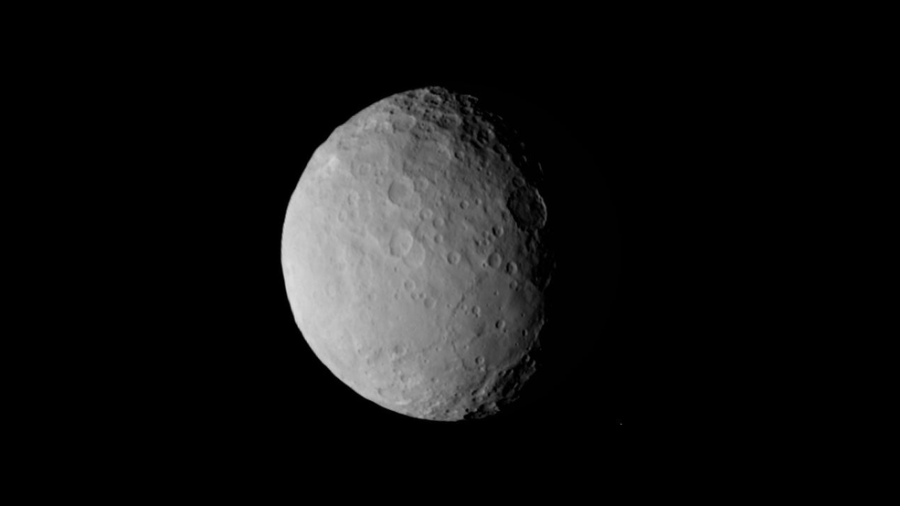Ceres: A Planet That May Hold Water
And can we live there
In 1801, the first asteroid was discovered by Giuseppe Piazzi. This asteroid, Ceres, was later found orbiting in our solar system, located in the asteroid belt between Mars and Jupiter. Ceres was shown to be much larger than it’s asteroid counterparts and was later considered to be a dwarf planet about 14x smaller than Pluto. Thanks to NASA’s Dawn mission, we now know much more about this mysterious planet.
What Is It?
The real mystery about Ceres, however, is what exactly is it? Ceres is the only Dwarf Planet located within the inner reaches of our solar system. Many theories have popped up about the origins of Ceres, but the most notable is the theory that it was created in the outer reaches of the solar system and somehow arrived here.
Could It Hold Water?

Today, Ceres seems dark, drab, and grey. However, after NASA’s Dawn mission, scientists believe that Ceres may have held a liquid ocean in the past. This idea comes from the planet’s icy surfaces, traces of an ocean in the crust, and a muddy mantle beneath the surface. Another reason why Ceres could hold water is the density of the planet. Ceres has a density of 2.09 grams per cubic centimeter, leading scientists to believe that about one-quarter of the planet’s weight is water. In 2014, The European Space Agency’s Herschel Space Observatory detected plumes of water vapor rising from Ceres at 13 kilograms per second. Signs of carbonates have also been found on Ceres, making it one of the only planets in our solar systems that contain these minerals, other than Earth and Mars. If we were to colonize Mars, Ceres could be the next planet for human evolution.
Related Stories
https://www.space.com/22891-ceres-dwarf-planet.html
https://www.space.com/2042-life-earth-ceres.html
https://www.britannica.com/place/Ceres-dwarf-planet
https://www.britannica.com/place/Ceres-dwarf-planet
TAKE ACTION
Learn more about the planet Ceres here:
https://solarsystem.nasa.gov/planets/dwarf-planets/ceres/overview/











